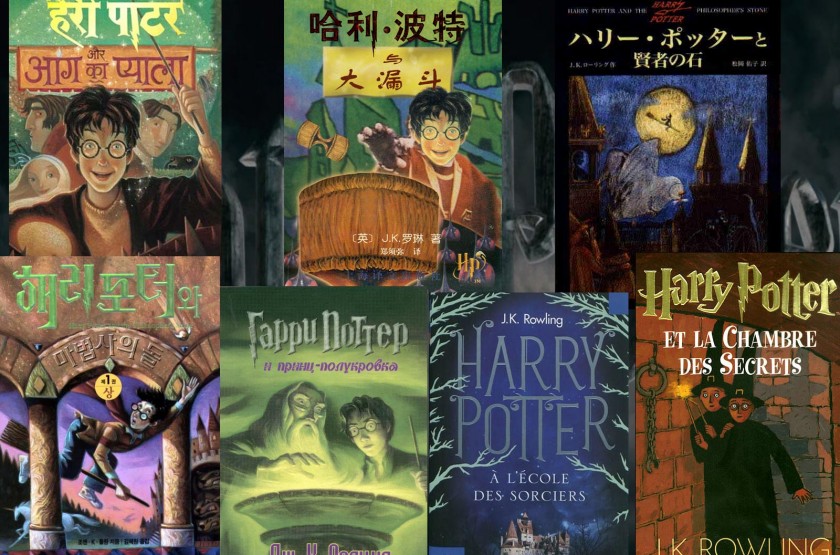Finally, Google Translate powered by human translators
- Tom Armstrong
- May 12, 2016
- 7,530 views

Google Translate celebrated its 10th birthday in late April 2016 with a big bang. The machine translation platform has grown massively since its debut in 2006. In general, machine translation, like Google Translate and Bing Translator, have grown leaps and bounds during the last few years. Much of their growth is attributed to an explosion of digital content and the rapid development of globalization. Google Translate alone receives one billion translation requests a day. While many of the requests are via API calls from within translation software that incorporate MT (machine translation), an increasing portion of the translation requests are generated by users online directly from Google Translate’s homepage or its mobile app. More and more businesses and individuals need quick translation services on the go.
Despite the tremendous growth and popularity of MT, it still lags far behind human translation in quality. According to various research studies, MT will not able to match (at least not in our life time) the quality of human translation where context, cultural nuance and industry specific information are required. Businesses opt to pay for higher quality human translation, but the slow speed of human translation remains a constraint.
Translation technology startups, like Stepes, that provide high quality human translation live and on-demand will have a game changing effect for the translation world. Global digitization means businesses must act quickly in order to respond to changing market demands. Translation is no exception as digital content is now created constantly and around the clock. The ability to translate digital information quickly (often in minutes rather than hours and days) will enable businesses to beat their competition and get ahead faster in global markets.
In a recent press release, Stepes’ pioneer Carl Yao observed:
In the information age, the speed of multilingual communication matters most in global markets. Human translation service with near-simultaneous turnaround is increasingly becoming the norm rather than the exception. We are very excited to provide the world with a true on-demand human translation service.
Stepes Translate is similar to Google Translate but is powered by tens of thousands of human translators from around the world. Users simply input their short text, select their target language, and send the request through the Stepes mobile app. Stepes translators, who can work from their smartphones anywhere and anytime, will immediately work on the text. Once the translation is complete, the requester will have the chance to rate the translation received. Translators who are rated high consistently will obtain more paid translation jobs through the system. In the event where a human translator is not available, Stepes Translate will return machine translated text.
The fact that most of today’s digital content is generated and consumed on mobile platforms speaks volume about the need for mobile based translation services. Until now, very little (if anything) is translated using mobile technology, but the translation industry is overdue for disruptive technologies. To achieve the best user experience on a smartphone, Stepes cleverly employs a mobile messaging interface for translating, a feature that is ubiquitous and very familiar to most mobile users. By making translation mobile, Stepes also creates opportunities for many more of the world’s bilingual people to participate in the art of translation. Traditional desktop based translation software is technical and not easily accessible, closing off the process of translation to many bilingual people. However, people who speak two or more languages but also specialize in various industry and subject matter fields such as medicine, law, finance, and engineering are ideally suited for delivering quality translation.
The ability to tap into the world’s bilingual population is important because the current translator base is too small to keep up with today’s information explosion. Specifically, the world only has 250,000 professional translators, yet, there are 6,500 languages spoken. There is a major mismatch between the supply and demand of quality human translation service. Stepes has the chance to change that dynamic by mobilizing over half of the world’s bilingual population to translate when and where they have some time to spare. This is what Stepes calls “Big Translation”. Indeed, like big data that’s changing the way the world processes information, we are still missing a critical piece in global communication — large scale human translation. Big Translation has the potential to finally break down language barriers.












Nice post. I actually tried translating words, phrases and even sentences using Google Translate. I can see that the objective are exactly similar. With this, I would love to try your Stepes Translate and be one the umpteen translators extensively.